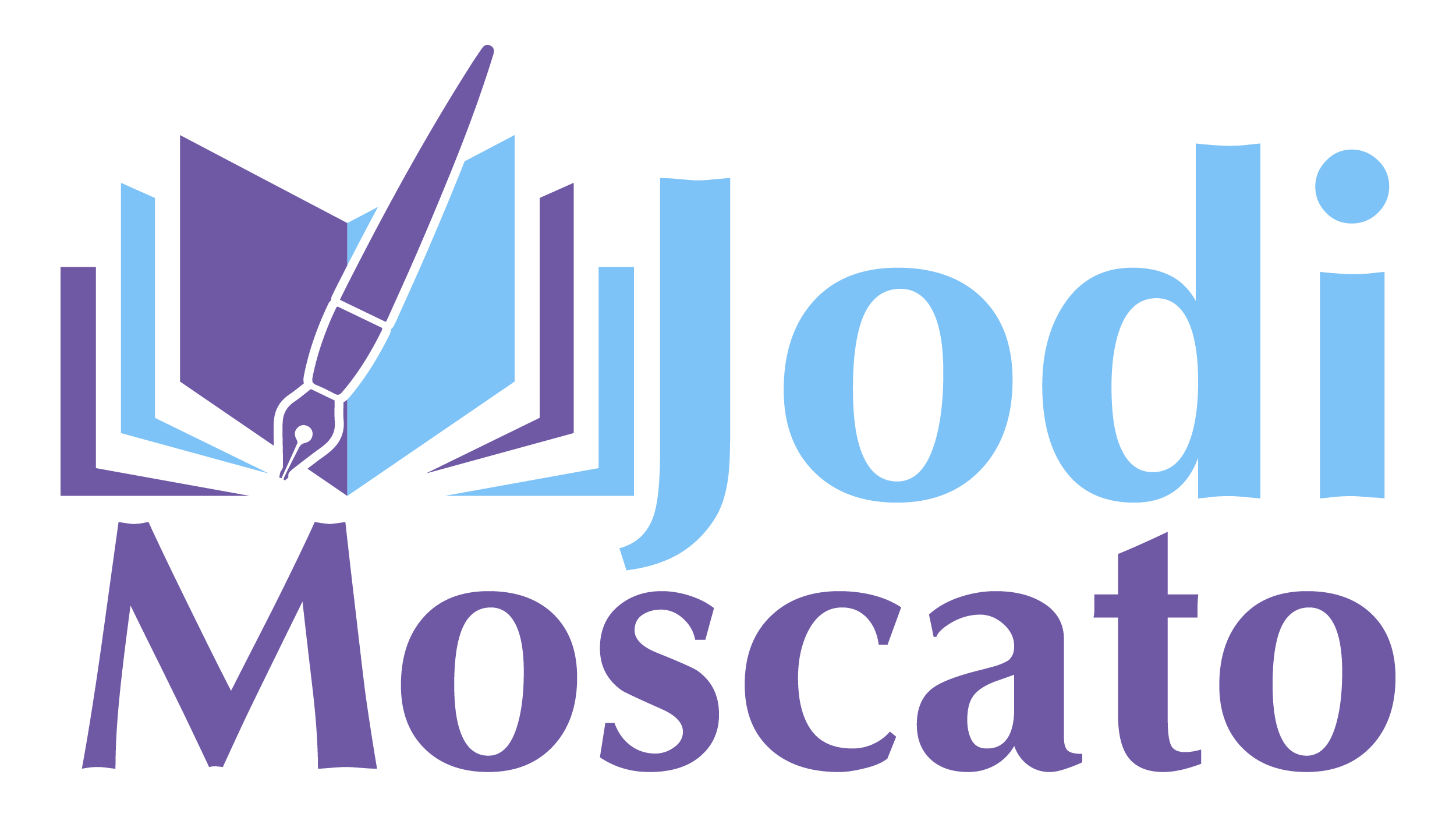In today’s interconnected world, digital literacy has become as essential as reading and writing. For children in elementary school, acquiring digital literacy skills early on lays the foundation for safe and effective technology use throughout their lives.
What Is Digital Literacy?
Digital literacy encompasses the ability to find, evaluate, and communicate information using digital technologies. For young learners, this means understanding how to use devices like tablets and computers, navigating the internet safely, and discerning credible information from unreliable sources.
Why Start Early?
Introducing digital literacy in elementary school offers numerous benefits:
- Enhanced Learning Opportunities: Digital tools can make learning more interactive and engaging, catering to various learning styles.
- Critical Thinking Development: Evaluating online information fosters critical thinking skills, helping children make informed decisions.
- Preparation for the Future: Early exposure to digital tools prepares children for future academic and career opportunities that increasingly rely on technology.
How to Foster Digital Literacy at Home
Parents and caregivers can play a pivotal role in developing their children’s digital literacy:
- Model Responsible Use: Demonstrate appropriate online behavior and screen time habits.
- Discuss Online Safety: Talk about the importance of privacy, the risks of sharing personal information, and how to recognize trustworthy websites.
- Encourage Exploration: Provide access to educational apps and websites that promote learning and curiosity.
By prioritizing digital literacy from a young age, we equip our children with the tools they need to navigate the digital world confidently and responsibly.



